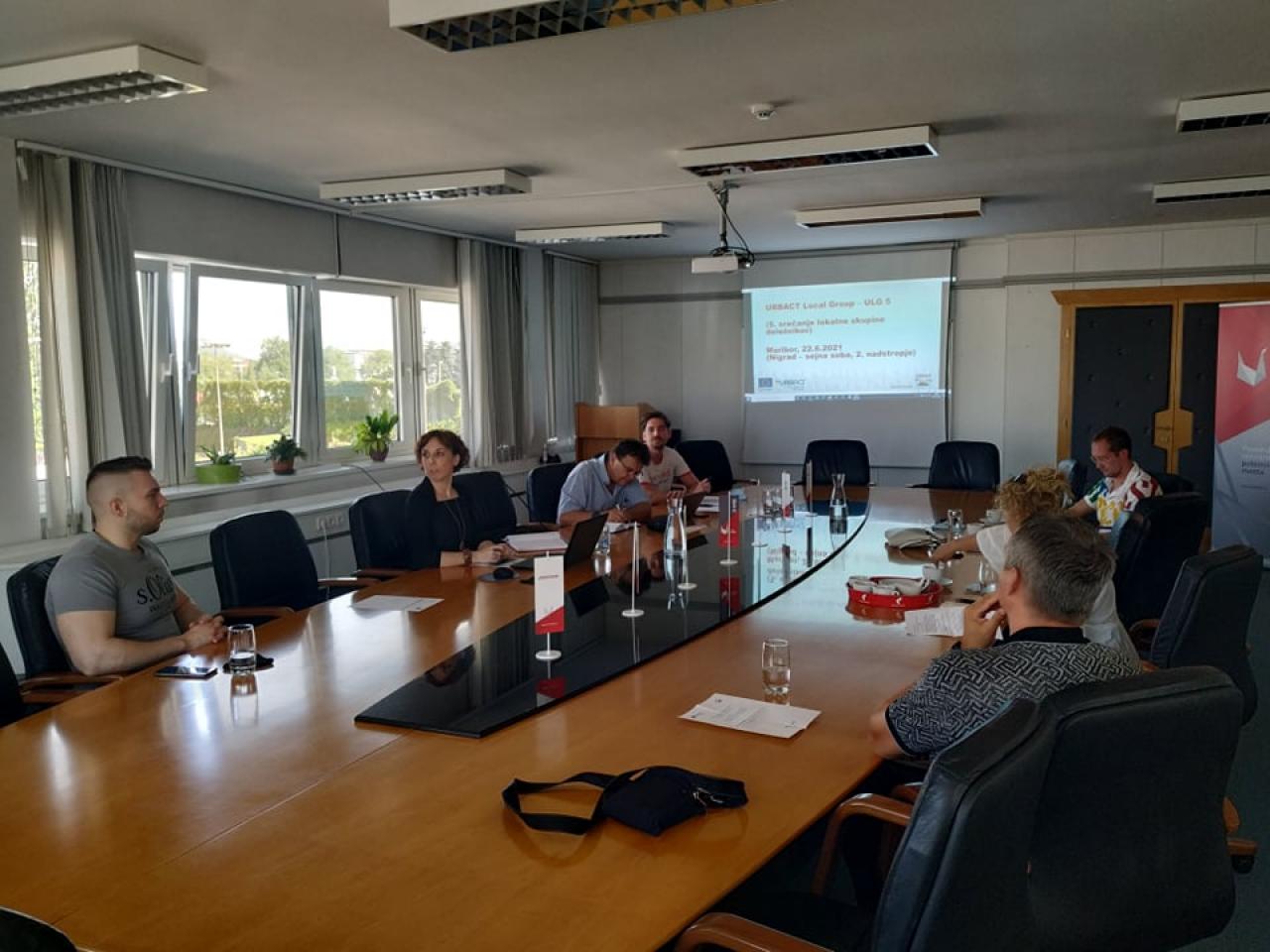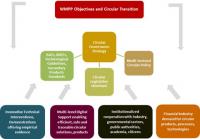
[[{"fid":"45099","view_mode":"default","fields":{"format":"default","field_file_image_alt_text[und][0][value]":"Tadej Žurman","field_file_image_title_text[und][0][value]":"Tadej Žurman","field_author[und][0][value]":"Nusa Lazar"},"link_text":null,"type":"media","field_deltas":{"2":{"format":"default","field_file_image_alt_text[und][0][value]":"Tadej Žurman","field_file_image_title_text[und][0][value]":"Tadej Žurman","field_author[und][0][value]":"Nusa Lazar"}},"attributes":{"alt":"Tadej Žurman","title":"Tadej Žurman","height":315,"width":315,"style":"margin: 10px; float: right; height: 100px; width: 100px;","class":"media-element file-default","data-delta":"2"}}]]Nigrad d.o.o. Maribor participates in the URGE project as the only industrial partner and with its practical insight has an important contribution to the network, which otherwise consists of city and regional administrations. By participating in the URBACT network Nigrad d.o.o. complements its other activities in other European projects, where they develop solutions for the processing of construction waste. Locally, Nigrad d.o.o. wants to contribute with its work to a deeper understanding of the circular economy and its promotion in construction and thus upgrades the intensive work of the city of Maribor in the field of the circular economy.
An important partner in the field of circular economy activities for Nigrad is also Mr Tadej Žurman, who is also an ULG member. Mr. Žurman, otherwise a lawyer, is acting as project coordinator and has successfully prepared and participated in several EU-funded circular economy projects.
Thank you Tadej Žurman, for taking time for this interview. You have several years of experience in the field of circular economy in all areas of municipal operations to make it flexible enough that it could be implemented and adopted by every European city. What is the most important issue to bear in mind when preparing concepts of implementation of circular economy in a city?
I think the most important and also most difficult is achieving changes in perceptions – in peoples’ minds. That is the most difficult challenge that we are facing with every project we are implementing. There was a situation with a very big Spanish city, where a new mayor wanted to devalue the work of the previous administration, thus demanding the city exists all circular and other sustainability projects. Similarly, in Slovenia we are faced with the reemergence of grey infrastructure champions among local governments. This is the most demanding challenge to overcome. You would be surprised how many enthusiastic people with excellent, inspiring solutions you can find in the research sector and among the entrepreneurs, but bringing their stories to light, let alone helping them to succeed, it a constant struggle.
You are also involved in several EU projects in the field of circular economy in the construction sector. What are the challenges identified in this field? How can these be tackled?
Construction sector is in my opinion one of the most traditional sectors there is. It is, literally and figuratively, set in stone. Also, the perception of costumers of services provided by the construction sector is very old fashioned and is usually a generationally “transmitted” attitude. Particularly in the post-socialist and Mediterranean countries, where virgin resources are abundant and past experience of experimentation mostly negative, it is very difficult to convince investors to invest and companies to offer innovative products and services. In some Croatian cities, for example, the water supply networks built in Yugoslavia are inherently failing, whereas networks built in Roman era are still functioning very well after 2000+ years. Consequentially, this attitude is basically a floodgate for other non-feasibility factors hindering the full development of CE in construction industry, such as low prices of secondary materials due to their undesirability, lack of proper environmental and life-cycle assessment to include them in projects, tenders, plans etc.
Figure 1: Example of a circular transition model covering all aspects of change. Source: LIFE IP RESTART.

As mentioned, you are involved in several EU projects with a different focus on circular economy. How is it possible to transfer good practices and lessons learned at different projects between the projects and how could we more efficiently show the added value of (EU) collaboration and knowledge exchange?
Well, urban metabolisms at their very basic operational premise have to function very similarly – they provide more or less the same services for their citizens, which means that lessons learnt in one project or in one local could theoretically be transferred into another one, of course considering the specifics of local situations. The first intervention level of circular economy is undoubtedly municipal one, which is something that has been proven time and again also in our and other EU projects, meaning that transfer of knowledge and good practices should be quite simple if there is the preparedness of decision makers to implement them. Clearly, when dealing with cities, the “reverse economy of scale” principle is usually a very significant factor; it is very simple to implement changes in smaller cities, but when you are dealing with metropolises it is significantly more demanding. However, for some projects there is no sound reason why every city on earth wouldn’t implement e.g. the Roman project “+Riccicli +Viaggi”, or systematically collect rainwater for usage on green areas, for cleaning of paved surfaces etc.
When working on circular economy issues one also makes mistakes … What are the most common mistakes you see (based on your experiences) and how they could be prevented? Or when they are done, how the problems can then be solved?
I would say zealous naiveté that by implementing your solutions, which you consider is the best, you will be recognized as such, and you will “change the world”. It usually works the other way around, the higher number of sound projects and solutions you bring to the table, the less desirable you are, since you are interfering in long established value chains, relationships, and perspectives. You become a disruptor. So, tactfully implementing circular solutions in order to achieve longevity of change, that is the most delicate art in the circular story. Also, in the last year I have gotten a nauseating feeling that circular economy has become a casually used term, parola, to achieve what you want by presenting yourself, your company, and your solution as circular. Particularly by the energy sector, since they mostly do not understand that renewable energy production and circular economy are not synonyms, and have basically nothing in common, but are complementary – CE can help with its solutions and principles to renewable energy sector to actually become circular, so we won’t have to deal with graveyards of end-of-life solar panels across the world in 20 years, for example.
Lots of the projects prepare different demos and pilots – how can then after the projects will end, be these demos and pilots implemented in regular activities of cities and their public-owned companies, as well as the private sector? Do you have any suggestions regarding that?
If a solution is not economically feasible, it will not be upscaled and transferred into other environments. It may sound cruel, unjust, and dystopic, but it is that simple, and this is true also for services provided by municipal utility companies. Profit is the only game in town. Understanding that, in every project we are trying to include this aspect in each pilot, it is also something that the EC expects. But there are some areas, where the abundance of cheap natural resources without government-led or EU-led legislative demand-side measures makes it impossible to present an alternative circular solution that would be economically feasible at the same time. Recycled water is such a case. Reuse of treated water is being implemented only in areas, where water is scarce. Everywhere else the cost of extracting freshwater via a concession is so low that purchasing recycled water would mean a significant cost increase for the user. This can be solved only in two ways, by the climate crisis that will make the water scarce everywhere or by decision-makers that will change the pricing policy of extracting our resources.
You are also an ULG member of our URGE project. What do you find useful in URGE project? How do you see the progress of the project this first year? What is your opinion of our activities regarding the action planning process?
Already at the beginning I was very impressed by the joint pool of knowledge brought to the table by project partners. I think that unification of view established through different project action in this first year by people originating from vastly different environments is the biggest success of URGE until now, especially in such a demanding field. I consider the action planning itself very interesting and beneficial, since municipal partners have to write themselves what they want to do, meaning their perceptions are already changing or changed and that this contribution will be very difficult to negate in the future, since it has been co-created and elaborated by themselves.
Thank you for your time and all the best for your future work!
Interview by Nuša Lazar, ULG coordinator for Nigrad d.o.o. Maribor
